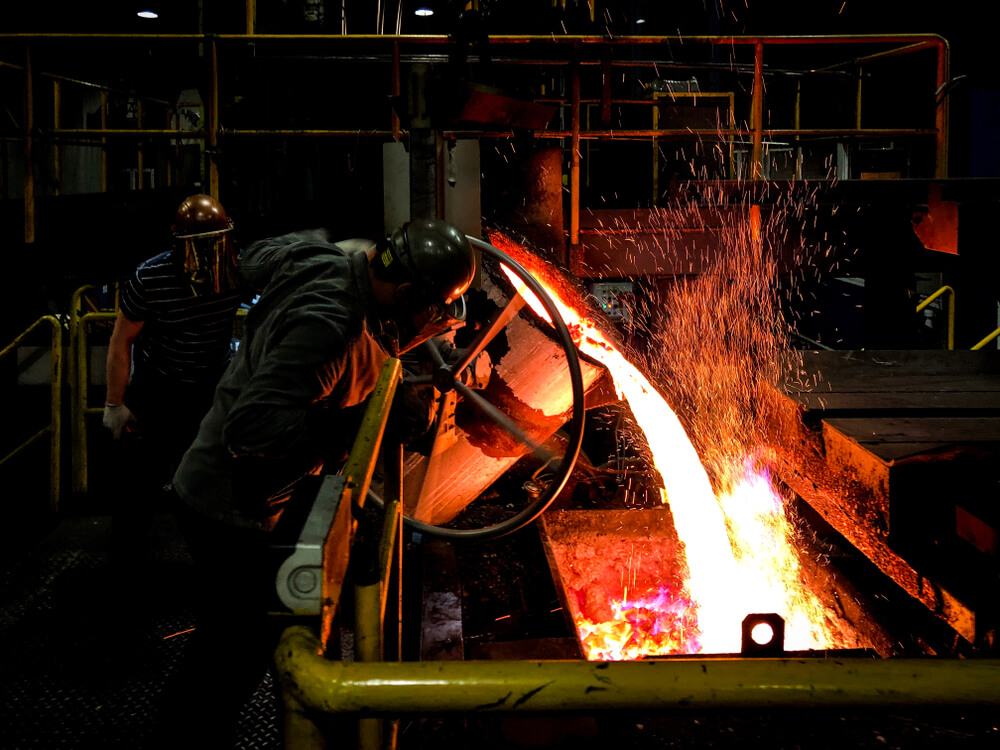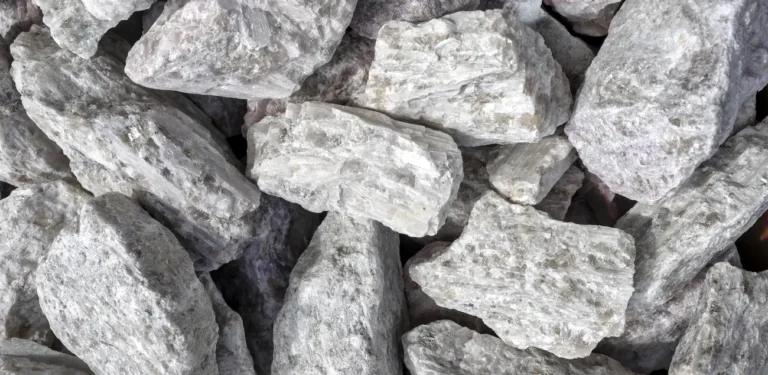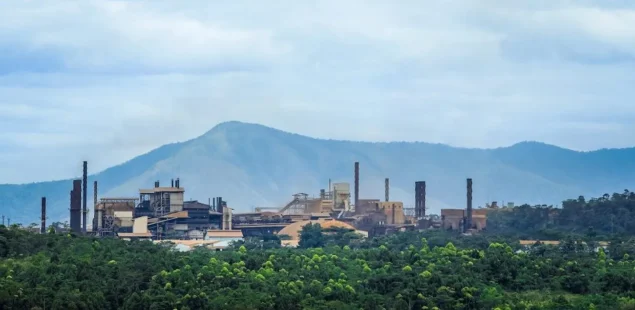
TC/RC fundamentals and pricing mechanism
TC/RCs—treatment and refining charges—are fees miners pay to smelters to process copper concentrate into refined metal. The total payable value for concentrate is determined by deducting these fees from the copper price. Treatment charges (TCs) cover the cost of converting concentrate to blister copper (or matte), while refining charges (RCs) relate to the purification of blister copper into cathodes. Benchmark TC/RC levels are usually set through negotiations between major miners (e.g., Freeport, BHP) and smelters (e.g., Jiangxi Copper, Aurubis) and guide spot market dynamics globally.
Historically, TC/RCs act as a barometer of concentrate market tightness. When supply is ample, smelters demand higher fees; when tight, miners gain leverage, driving charges down. Besides the benchmark, spot TC/RC values fluctuate more freely and reflect real-time shifts in concentrate supply, smelter demand, and logistical disruptions.
Market dynamics and 2025 forecast
By 2025, the copper concentrate market faces a critical squeeze, causing TC/RCs to plummet. Fastmarkets projects spot treatment charges (TC) averaging just $10.7 per tonne for the year, with monthly averages possibly recovering to $20 per tonne later. This continues the collapse seen in 2024, when indices briefly approached zero—meaning miners had to pay smelters extremely low fees—due to dramatic imbalances.
A key contributor is the aggressive expansion of smelter capacity outpacing mine output. Chile, the world’s largest copper producer, forecasts a 3.4% production decline in 2024. Simultaneously, capacity additions in China and Southeast Asia are pushing competition for feedstock higher. The result: even the $80/tonne TC benchmark for 2024 is a far cry from current spot TC offers dipping as low as $10/tonne.
Additionally, smelters are rethinking contract structures. Long-term fixed-price agreements are being replaced with spot-linked deals to minimize losses. However, with concentrate supply structurally constrained, such shifts provide limited relief.
Smelter strategies under pressure
Smelters are increasingly adopting flexible sourcing strategies. Chinese processors, for example, are tapping into alternative feedstocks like blister copper, anodes, and copper scrap. These intermediates filled a vital gap in 2024, but scrap availability is notoriously volatile. Prices and trade policy—such as potential U.S.-China tariffs—will heavily influence this channel in 2025.
Profitability is further dependent on byproduct credits. Sulfuric acid, a key byproduct of smelting sulfide ores, fetched strong prices in 2024, cushioning margin pressure. But 2025 forecasts suggest potential softening, reintroducing financial strain. Other byproducts like silver, gold, and selenium offer upside, but their yield is limited and dependent on ore types.
Thus, smelters must balance production continuity with cost discipline, seeking arbitrage between feedstock types and locations, while hedging revenue volatility through byproduct optimization and financial instruments.
Global implications and risks
The decline in TC/RCs reflects broader market disequilibrium. While smelters globally are affected, the impacts are asymmetric. Chinese smelters are most exposed due to their dependence on imports and limited domestic concentrate production. Western smelters with captive mine supply or integrated operations are relatively insulated.
Trade frictions could exacerbate uncertainties. U.S.-China tensions, including the possibility of tariffs on copper scrap or intermediate products, could disrupt supply chains and drive further regional dislocation. Additionally, logistical constraints—ports, labor strikes, freight costs—remain latent risks.
For investors and operators, the TC/RC crisis signals the fragility of supply chains in base metals. The 2025 outlook demands adaptive strategies: vertical integration, agile contracting, diversified sourcing, and enhanced recovery of value-added byproducts.
FAQ
What is TCRC in copper?
TCRC stands for treatment and refining charges. These are costs imposed by smelters on miners for processing copper concentrate into refined copper. Treatment charges (TCs) apply to converting concentrate into blister copper, while refining charges (RCs) relate to purification into cathodes. Together, TC/RCs are subtracted from the copper price to determine the net revenue miners receive.
Is copper anti fungal?
Yes, copper has well-documented antimicrobial properties. Its ions can disrupt microbial cell membranes and metabolic processes. While this is not directly related to TC/RC pricing, it is relevant to the broader utility of copper in healthcare, construction, and public infrastructure.
What is the copper TCRC benchmark for 2025?
As of early 2025, there is no official TC benchmark yet agreed upon due to volatile market conditions. However, spot TC offers have been reported as low as $10 per tonne, compared to the $80/tonne TC benchmark set in 2024. The benchmark is typically negotiated between large miners and smelters annually and serves as a reference for physical contracts.
What is the rate of 1 kg of copper?
Copper prices fluctuate daily on commodities exchanges like LME and COMEX. As of mid-2025, copper prices hover around $9,800–$10,500 per tonne, meaning 1 kg of copper is worth approximately $9.80–$10.50. Prices vary based on grade, form (cathode, wire, scrap), and regional premiums.



